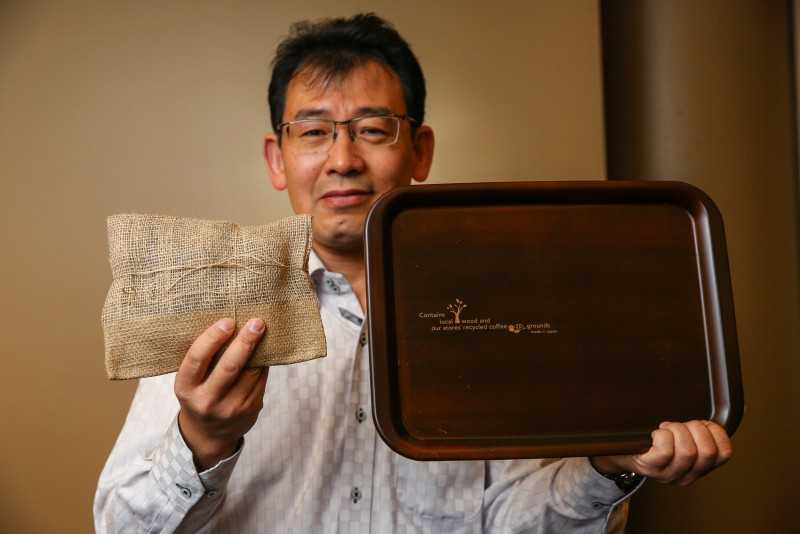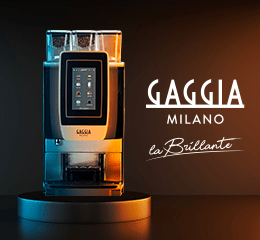It started with a dilemma. In 2010, Yoshihito Nakagawa (in the picture), supply chain division manager for Starbucks, was tasked with finding new ways to recycle food waste from Starbucks stores in Japan.
A new food recycling law was set to require all companies in the restaurant industry to reduce or recycle more than 50% of food waste within the next five years.
“We asked waste companies that provide recycling services to recycle our food waste, but it was very cost-consuming and did not cover all the areas of our market,” Nakagawa said.
“We researched coffee grounds and found out that it could be useful as cattle feed and fertilizer.”
To turn this idea into action Nakagawa’s team found help in an unusual place – a contact lens company that had started research and experimentation using state-of-the-art fermentation techniques.
Menicon formulated special lactic and acid bacteria to help turn the coffee grounds into cattle feed and advised them on how to make compost for crops.
Next, the team had to figure out how to transport the coffee grounds from stores to the processing facility. Used grounds are heavy and wet, so the logistics of moving tons of material posed a challenge.
Since the trucks that make deliveries to stores would typically return to the distribution center empty, this provided an opportunity for the grounds to be brought back for processing.
Once at the processing facility, there are two paths the coffee grounds can take. The grounds can be turned into cattle feed for cows or used as compost.
Processors add bacteria to the feed, which gives it antioxidant properties that increase milking efficiency, and prevent infections in the cows.
The compost also helps replenish nutrients in the soil and increase water retention in crops.
By 2011, Starbucks store partners were turning their used coffee grounds into cattle feed and fertilizer using their new system, called the Coffee Grounds Recycling Loop.
Over the past five years, Starbucks Japan has returned more than 1,300 tons of coffee grounds back into productive use in the food system.
“After doing a lot of research and overcoming a lot of obstacles, we are so proud that we finally recycle the coffee grounds into cattle feed and fertilizers which eventually come back to our stores as milk or vegetables in our sandwiches,” Nakagawa said.
Starbucks has been recognized as a good example of food recycling, and received the Mottainai Award from the Minister of Agriculture, Forestry and Fisheries for its contribution to the sustainable development of Japan’s food industry.
“This program has the potential to impact a lot of aspects of our business by decreasing waste, but also creating a circular economy where we maximize the resources we have,” Nakagawa said.
The Japan team has found other creative uses for used coffee grounds in Starbucks stores.
They created a tray made of wood, plastic and coffee grounds that is used in newly-opened Starbucks stores. They have also used coffee grounds in table boards, artwork, tiles and wall materials














